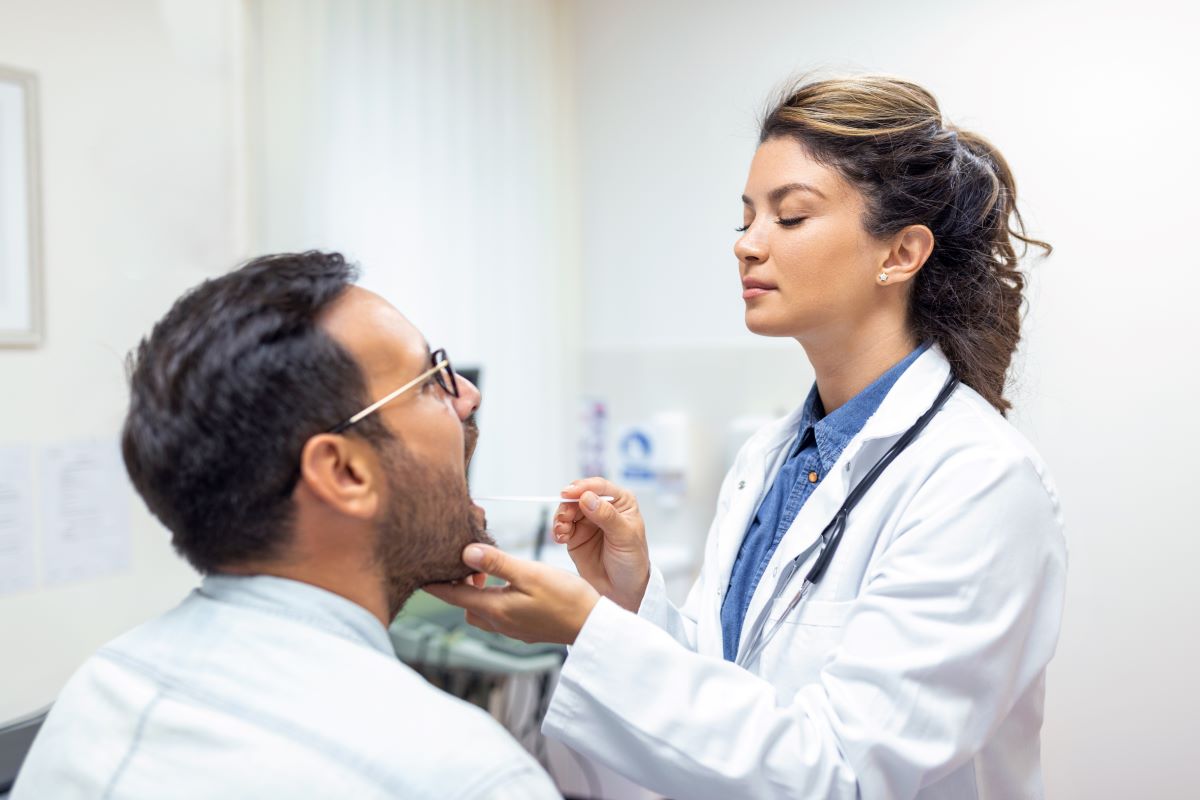Higher CD44 and total protein levels linked to increased hazard ratios for recurrence in multivariate adjusted analysis
By Elana Gotkine HealthDay Reporter
THURSDAY, Aug. 22, 2024 (HealthDay News) — Elevated salivary levels of CD44 and total protein (TP) can identify head and neck cancer patients with an increased risk for cancer recurrence, according to a study published online Aug. 15 in JAMA Otolaryngology-Head and Neck Surgery.
Elizabeth J. Franzmann, M.D., from the University of Miami Health System and Jackson Memorial Hospital, and colleagues conducted a multi-institutional nonrandomized clinical trial testing a novel diagnostic/screening assay to examine whether soluble CD44 and TP are useful for monitoring head and neck cancer recurrence in a point-of-care (POC) test. Oral rinses were collected at pretreatment baseline and at three, six, 12, and 18 months after completion of therapy. To define disease status, participants were followed for three years.
Among the 172 patients who were enrolled, the researchers found an association for tumor site with test results at baseline; a higher baseline positive POC test rate was seen for patients with oral cavity cancer versus oropharyngeal cancer (92.2 versus 77.3 percent). A higher CD44 level showed a significant association with a higher risk for recurrence using Cox regression models with CD44 or TP level as a time-varying covariate (hazard ratio, 1.06). Higher CD44 and TP levels were associated with increased hazard ratios of recurrence of 1.13 and 3.51, respectively, in a multivariate adjusted analysis.
“Our study suggests biomarker detection in saliva collected from an oral rinse after initial treatment offers potential to readily assess recurrence risk,†Franzmann said in a statement. “Elevated levels of either of two biomarkers were associated with disease return.â€
One author disclosed ties to the biopharmaceutical industry and is inventor of the intellectual property used in the study.
Copyright © 2024 HealthDay. All rights reserved.








